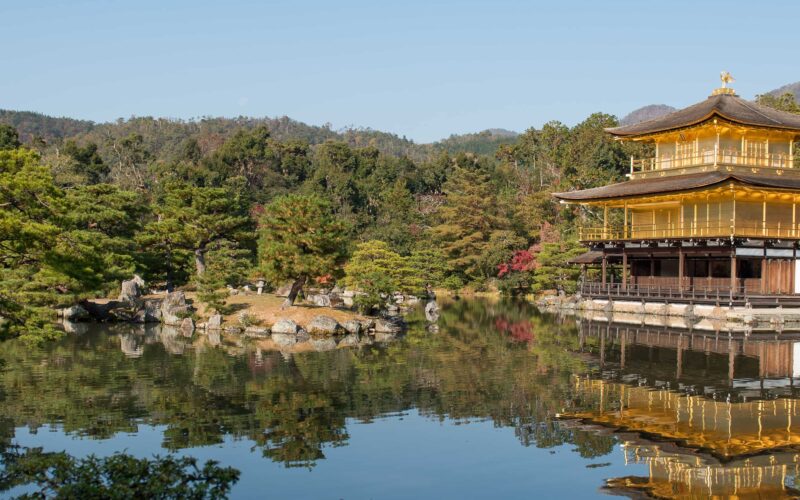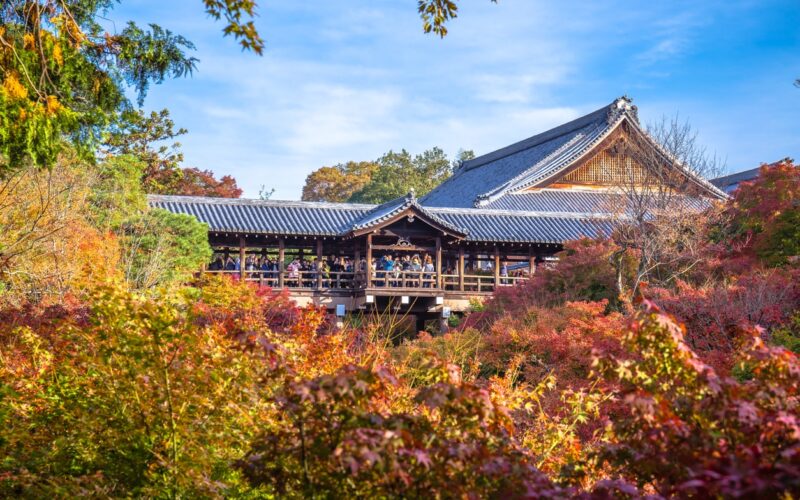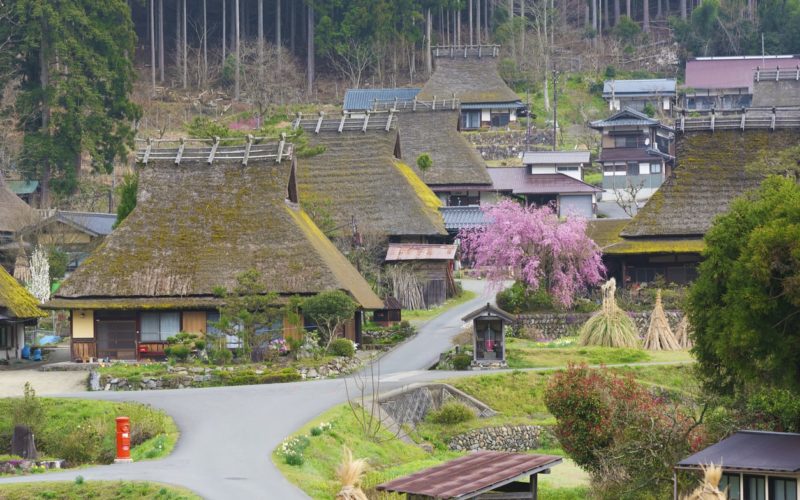Jidai Festival
A journey across 1,000 years worth of Japanese history in Kyoto.
Few festivals in Kyoto draw as much attention and as many people as the Jidai Matsuri (Festival of the Ages) does.
The festival is an annual event every Oct. 22 — the anniversary of the foundation of Kyoto. It explores, through the use of carefully crafted costumes and props, a 1,000-year period during which Kyoto was the Imperial Capital.
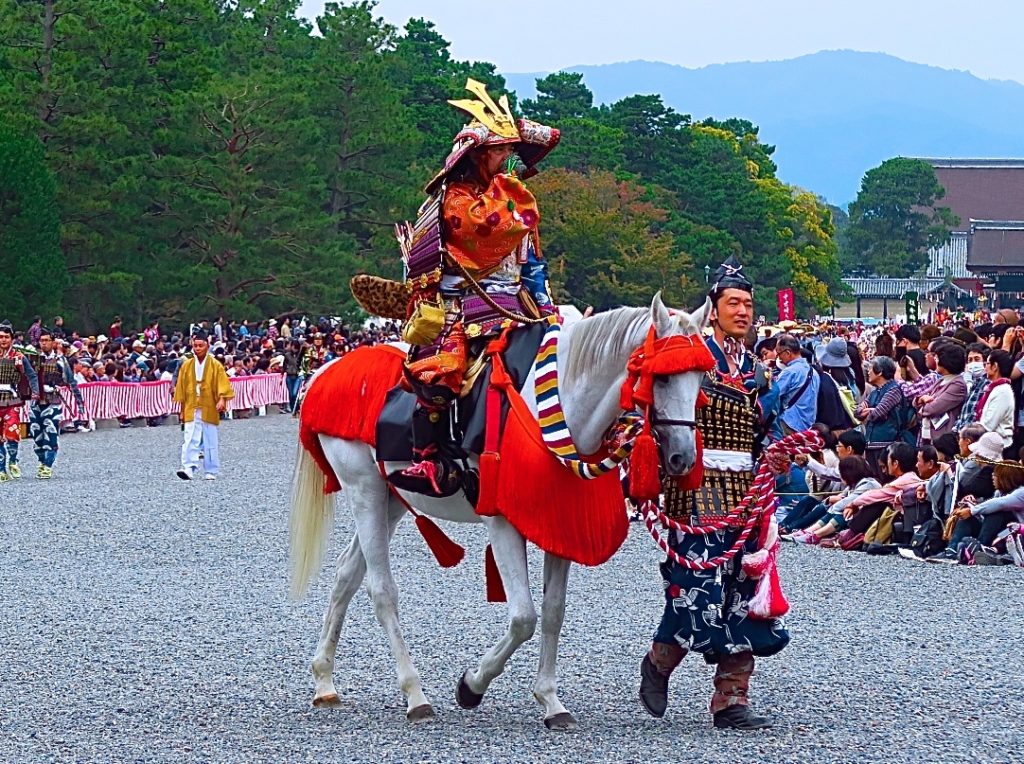
Photo by: Lucio Maurizi Samurai Kusunoki Masashige (楠木正成), remembered as the ideal of loyalty. Yoshino Era.
Established in 1895, along with the Heian Shrine in which the festival takes place, the Jidai Matsuri seeks to celebrate the rich history of Kyoto and Japan with a parade of costumes representing a period spanning from 1868 (Meiji Restoration) and progressing in reverse chronological order until the beginning of the Heian Period in 781.
A parade of history
One does not need to be an expert or even have working knowledge of history to enjoy this vibrant and gorgeous festival. During the parade, locals and tourists alike can see from up close the participants dressed in meticulously crafted and historically accurate garments, as well as stunning caravans and barded horses.

Photo by: Lucio Maurizi Katsurame (桂女) – Fish and candy female-only merchants from the Katsura area. Yoshino Era.
Visitors will see common people costumes that are sometimes accompanied by musicians playing instruments and motifs of the appropriate eras. Also present are representatives of all social classes of the era, such as samurai, other classes of warriors, nobles and also important historical figures, the likes of Sakamoto Ryoma and Oda Nobunaga.
Particularly awe inspiring are the representations of famous as well as unknown Japanese women. These models sport not only amazing garments, but also makeup and hairdos that, if seen up close, show off attention to detail and the hard work put into this festival.
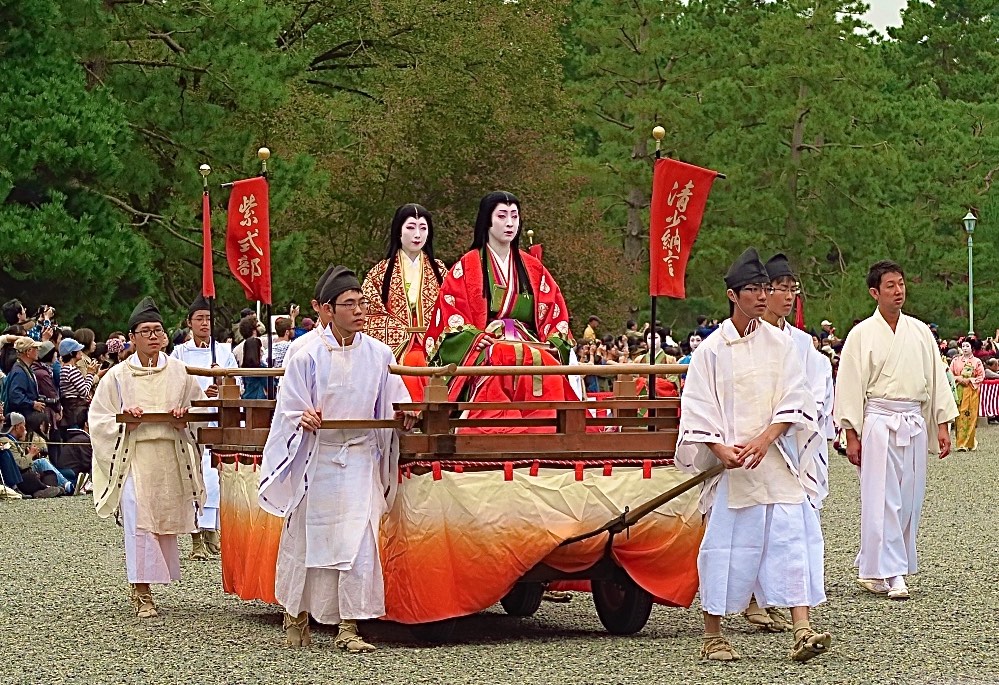
Photo by: Lucio Maurizi Seishōnagon (清少納言), author, poet and court lady.
Heian Era.
Finally, at the end of the parade many participants accompany the mikoshi (mini portable shrines), which symbolically contain the spirits of the first and last Emperors to reside in Kyoto (Emperor Kammu and Emperor Komei).
The parade starts at Gosho (The Imperial Palace) and reaches its end at the Heian Shrine. The parade is beautiful in all of its length, but spectators may want to try to secure a spot at its beginning (Gosho), or end (Heian Shrine) for an even better experience.
Topics: festivals, Jidai matsuri, kyoto, Lucio, parade
